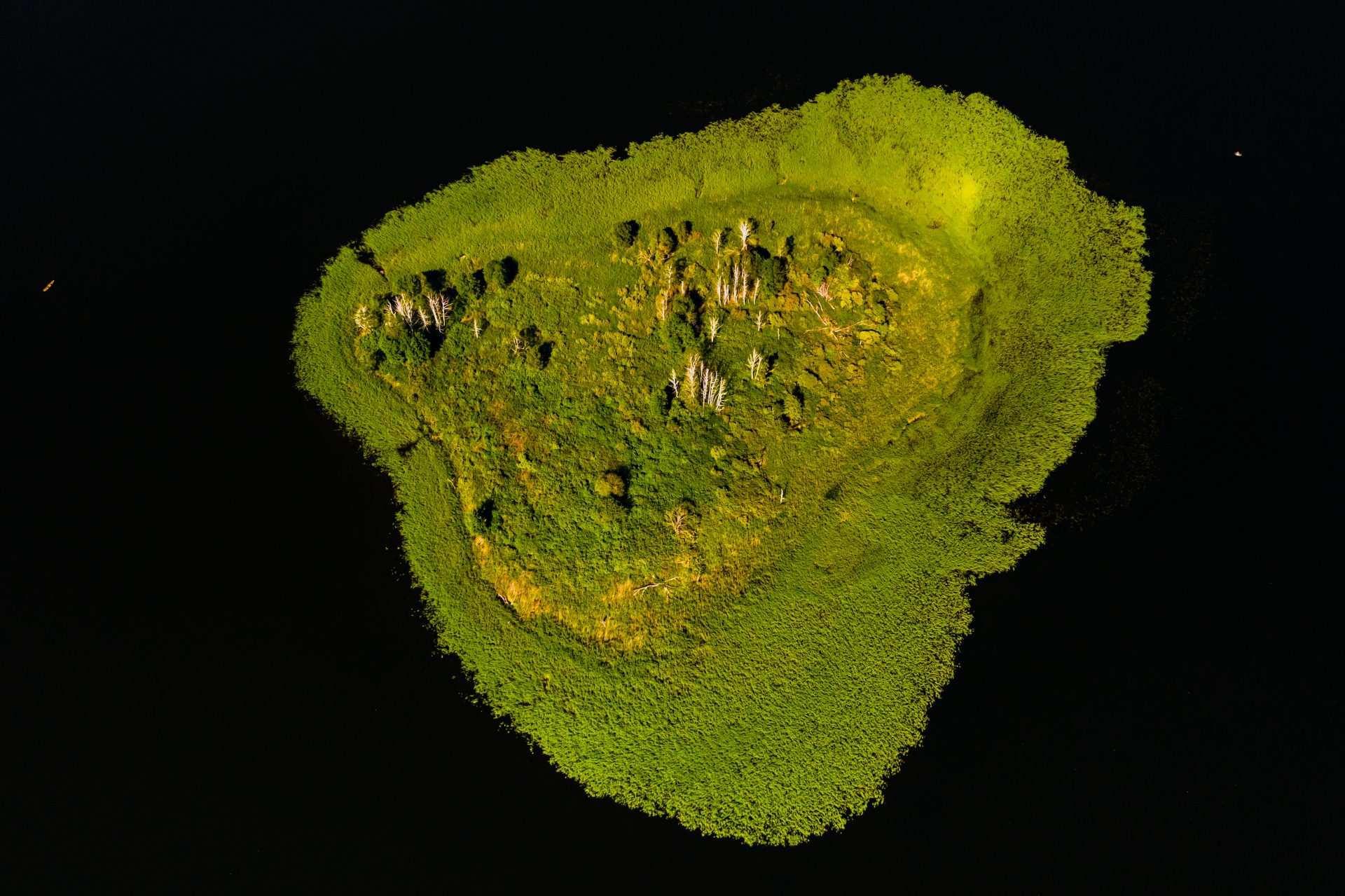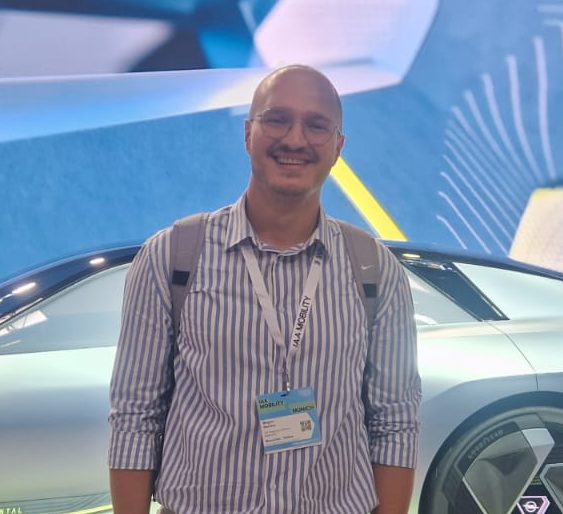Introduction
The world of 3D reconstruction is rapidly evolving, with three dominant technologies competing for supremacy:
- Photogrammetry – The traditional and widely used method based on images and geometry.
- Neural Radiance Fields (NeRFs) – A deep-learning approach that reconstructs 3D scenes as volumetric data.
- Gaussian Splatting – A real-time 3D rendering technique based on point-based representations.
Each method has its own strengths, weaknesses, and ideal applications. This article compares them head-to-head to determine which technology is best suited for different use cases, including gaming, VR, digital twins, and real-time visualization.
What Is Photogrammetry?
How It Works
Photogrammetry is a geometry-based 3D reconstruction technique that extracts depth and spatial information from multiple overlapping images. By using computer vision algorithms, it aligns images, detects feature points, and constructs a 3D mesh with textures mapped onto it.
Advantages of Photogrammetry
✔ Highly accurate geometric reconstructions when done properly.
✔ Works well with structured and detailed surfaces (buildings, landscapes, cultural heritage).
✔ Produces real-time compatible 3D meshes for integration into game engines.
✔ No AI training required, making it a straightforward process.
Challenges of Photogrammetry
❌ Struggles with featureless or reflective surfaces (e.g., glass, water, metal).
❌ Lighting conditions affect accuracy, requiring well-lit images.
❌ Processing large datasets can be slow and computationally expensive.
❌ Final models require manual cleanup and retopology for smooth usage in real-time applications.
What Are NeRFs?
How They Work
Neural Radiance Fields (NeRFs) use deep learning to generate 3D representations from a set of images. Instead of reconstructing a mesh, NeRFs create a volumetric field where each 3D coordinate stores density and color information.
NeRFs take in:
✔ 3D spatial coordinates (x, y, z)
✔ 2D viewing direction (θ, φ)
By training a neural network on these inputs, NeRFs can render highly photorealistic views of an object or scene from any angle, accurately capturing reflections, transparency, and lighting conditions.
Advantages of NeRFs
✔ Unmatched photorealism, handling shadows, reflections, and complex light interactions.
✔ Great for unstructured environments where traditional geometry-based methods fail.
✔ No need for precise geometry, making it more flexible.
Challenges of NeRFs
❌ High computational cost – Requires long training times and a lot of GPU power.
❌ Not inherently real-time – Can take seconds to minutes to generate a single frame.
❌ Does not output a traditional 3D mesh, limiting direct use in gaming engines without conversion.
What Is Gaussian Splatting?
How It Works
Gaussian Splatting is a point-based 3D rendering technique that uses millions of small 2D Gaussians to approximate a 3D scene. Each Gaussian represents a point in 3D space, with parameters for:
✔ Position (x, y, z)
✔ Color & opacity
✔ Size & orientation
By blending these Gaussians together, smooth, high-quality 3D reconstructions can be achieved in real-time.
Advantages of Gaussian Splatting
✔ Extremely fast – Works in real-time with interactive frame rates.
✔ High-quality visuals – Captures photorealistic textures with smooth interpolation.
✔ Requires less computation than NeRFs, making it more practical for real-time applications.
✔ Easier integration into real-time engines compared to NeRFs.
Challenges of Gaussian Splatting
❌ Lower fidelity than NeRFs – Lighting and reflections are not as accurate.
❌ Point-based representation is less structured compared to traditional 3D meshes.
❌ May require dense point clouds for high detail, increasing data size.
Comparison: Photogrammetry vs. NeRFs vs. Gaussian Splatting
| Feature | Photogrammetry | NeRFs | Gaussian Splatting |
|---|---|---|---|
| Accuracy | High (depends on image quality) | High (captures fine lighting details) | Medium-High (depends on point density) |
| Rendering Speed | Fast once processed | Slow (computationally heavy) | Real-time |
| Mesh Output | Yes (3D meshes & textures) | No (volumetric field) | No (point-based splats) |
| Lighting Effects | Basic (relies on textures) | Advanced (captures shadows, reflections, and transparency) | Good, but less dynamic than NeRFs |
| Best For | Architecture, cultural heritage, GIS | Cinematic VFX, virtual environments | Real-time visualization, VR, gaming |
| Hardware Demand | Moderate | High (requires GPUs for training) | Low (optimized for real-time) |
Which Technology Is Best?
The best technology depends on what you need:
✅ If you need precise geometry for 3D modeling, architecture, or mapping → Use Photogrammetry.
✅ If you need photorealistic rendering for films, VFX, or scientific visualization → Use NeRFs.
✅ If you need real-time rendering for VR, AR, or interactive applications → Use Gaussian Splatting.
The Future of 3D Reconstruction
As hardware and AI models improve, we may see hybrid approaches that combine photogrammetry, NeRFs, and Gaussian Splatting into a single workflow. This would allow for accurate geometry, photorealistic lighting, and real-time performance, revolutionizing gaming, architecture, and digital twins.
🚀 The 3D future is evolving—will you be ready for the next breakthrough?

